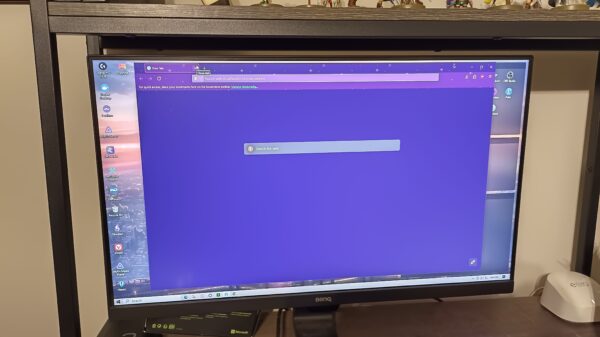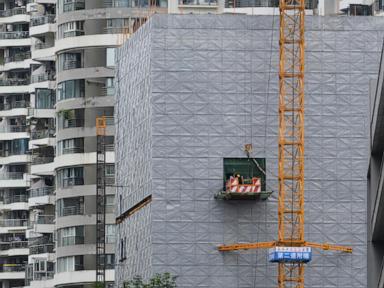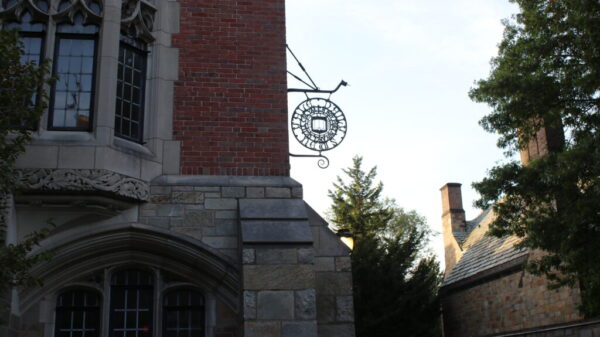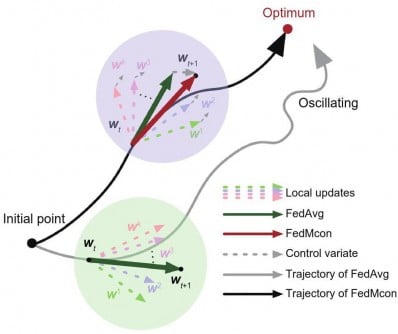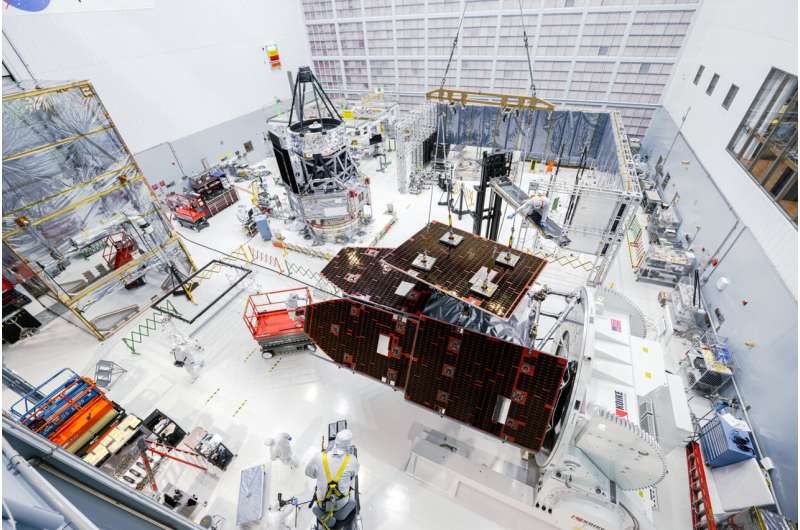On June 14 and 16, 2025, technicians at NASA’s Goddard Space Flight Center installed solar panels on the Nancy Grace Roman Space Telescope. This significant step marks the near completion of the observatory, which is designed to enhance our understanding of the universe.
The solar panels, collectively known as the Solar Array Sun Shield, serve dual purposes. They will provide essential power to the observatory’s instruments while also acting as a shield to keep them cool. According to Jack Marshall, the Solar Array Sun Shield lead, the observatory is currently about 90% complete. Marshall stated, “We just need to join two large assemblies, and then we’ll run the whole Roman observatory through a series of tests.” The team is optimistic about launching the telescope as early as fall 2026, ahead of the previously planned date of May 2027.
Key Features of the Solar Array Sun Shield
The Solar Array Sun Shield consists of six panels outfitted with solar cells. The two central panels will remain fixed to the outer barrel assembly, which is the telescope’s outer shell. The remaining four panels are designed to deploy once the telescope is in space, aligning with the central panels to maximize efficiency. This configuration ensures a constant supply of power while protecting the instruments from excess heat, a critical factor for an infrared observatory.
Infrared light is detected as heat, and any excess warmth from the spacecraft’s components could saturate the detectors, rendering the telescope ineffective. As described by Aaron Vigil, a mechanical engineer at Goddard, “Now that the panels have been installed, the outer portion of the Roman observatory is complete.”
The next phase involves testing the deployment of the solar panels along with the observatory’s deployable aperture cover, referred to as the “visor.” Technicians are also conducting tests on the core components of the observatory, assessing the electronic systems and performing a thermal vacuum test to simulate the harsh conditions of space. These preparations are vital for ensuring that the observatory will function correctly once in orbit.
Future Steps and Timeline
By November 2025, the team plans to connect the inner and outer sections of the Roman observatory, culminating in a fully assembled unit by the end of the year. This timeline will allow for extensive pre-launch testing to verify all systems are operational.
The Roman Space Telescope aims to provide unprecedented insights into the cosmos, and its successful assembly is a critical milestone in advancing the mission. For those interested in exploring the telescope further, an interactive virtual tour is available at the NASA website.
The installation of the solar panels is a testament to the dedication and expertise of the team at NASA’s Goddard Space Flight Center, underscoring the importance of international collaboration in scientific exploration.





